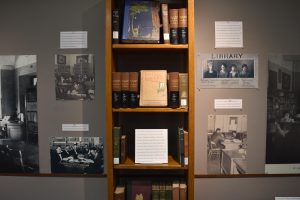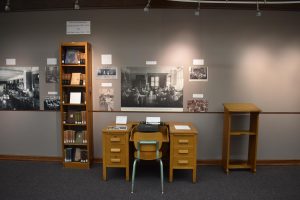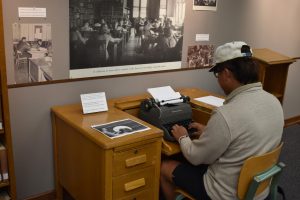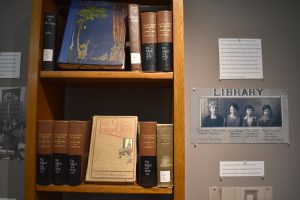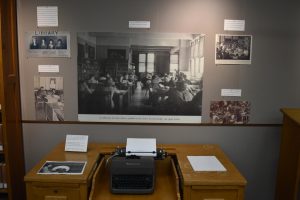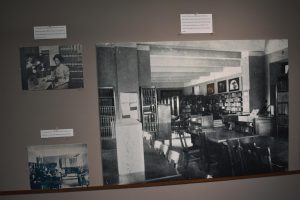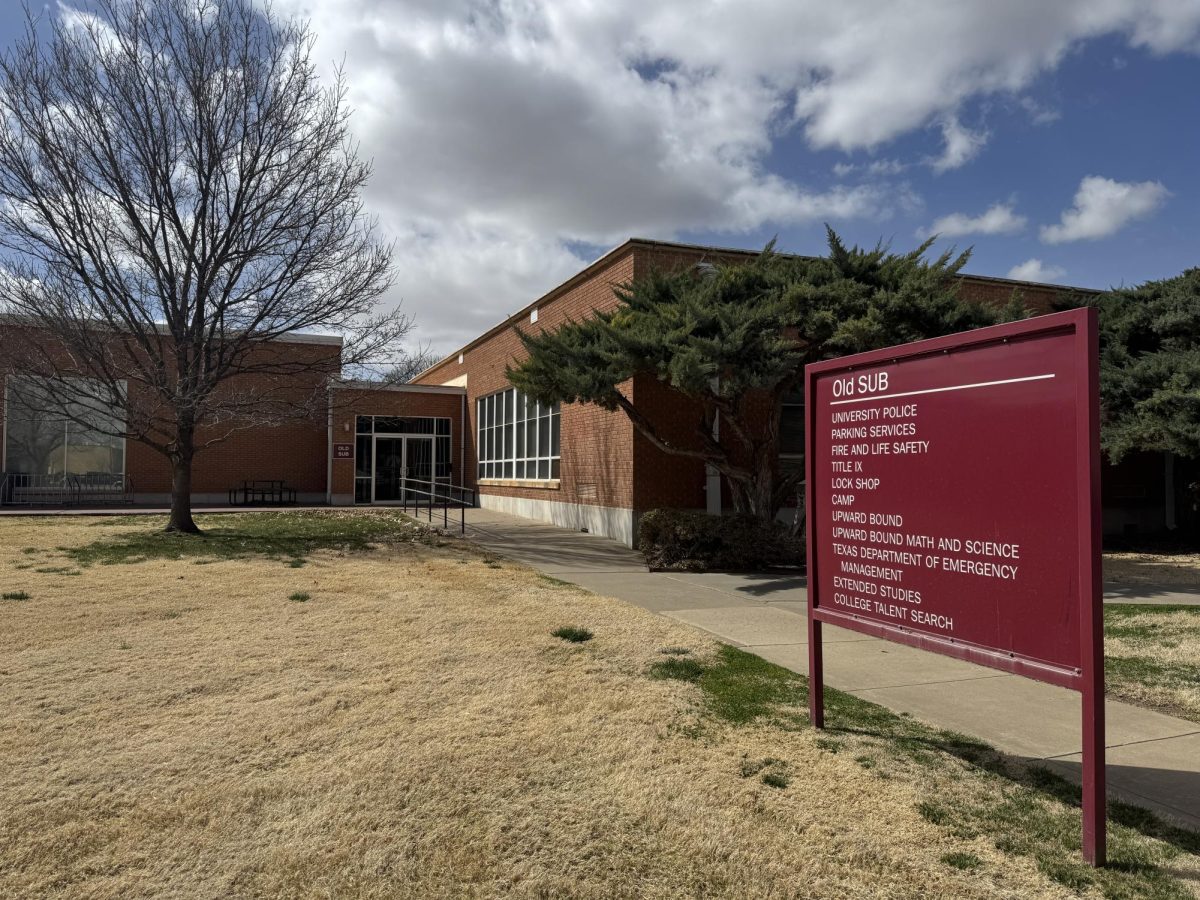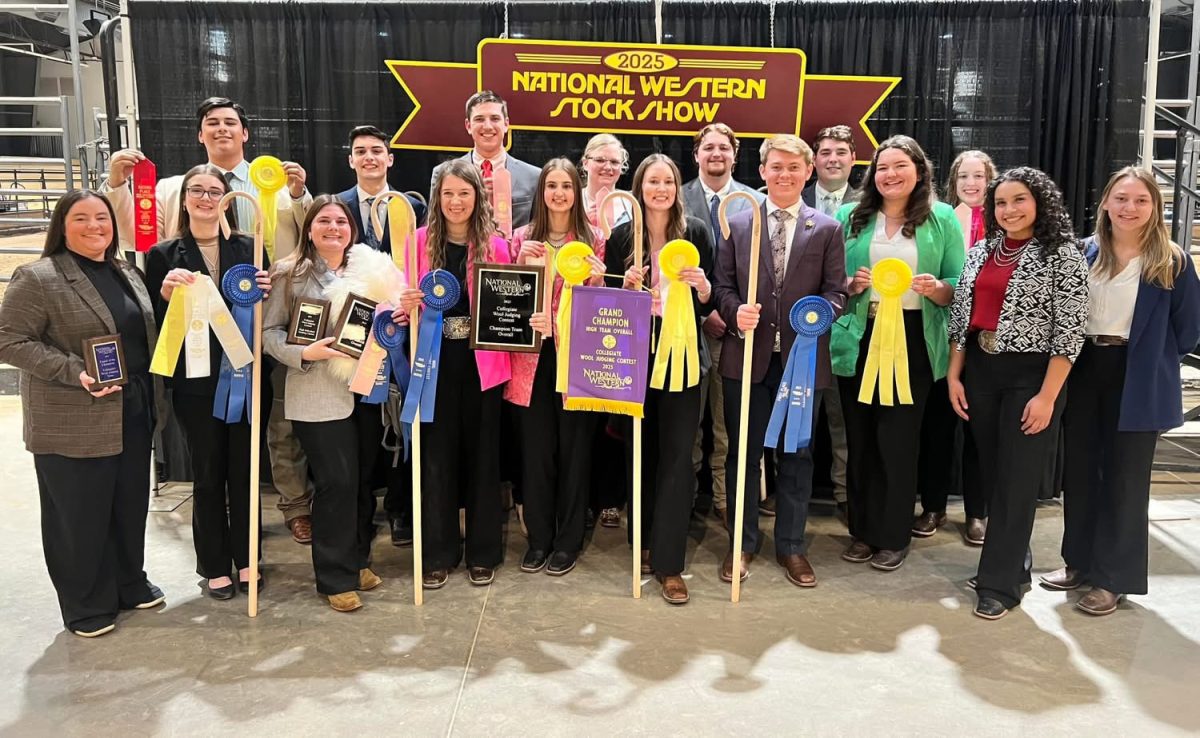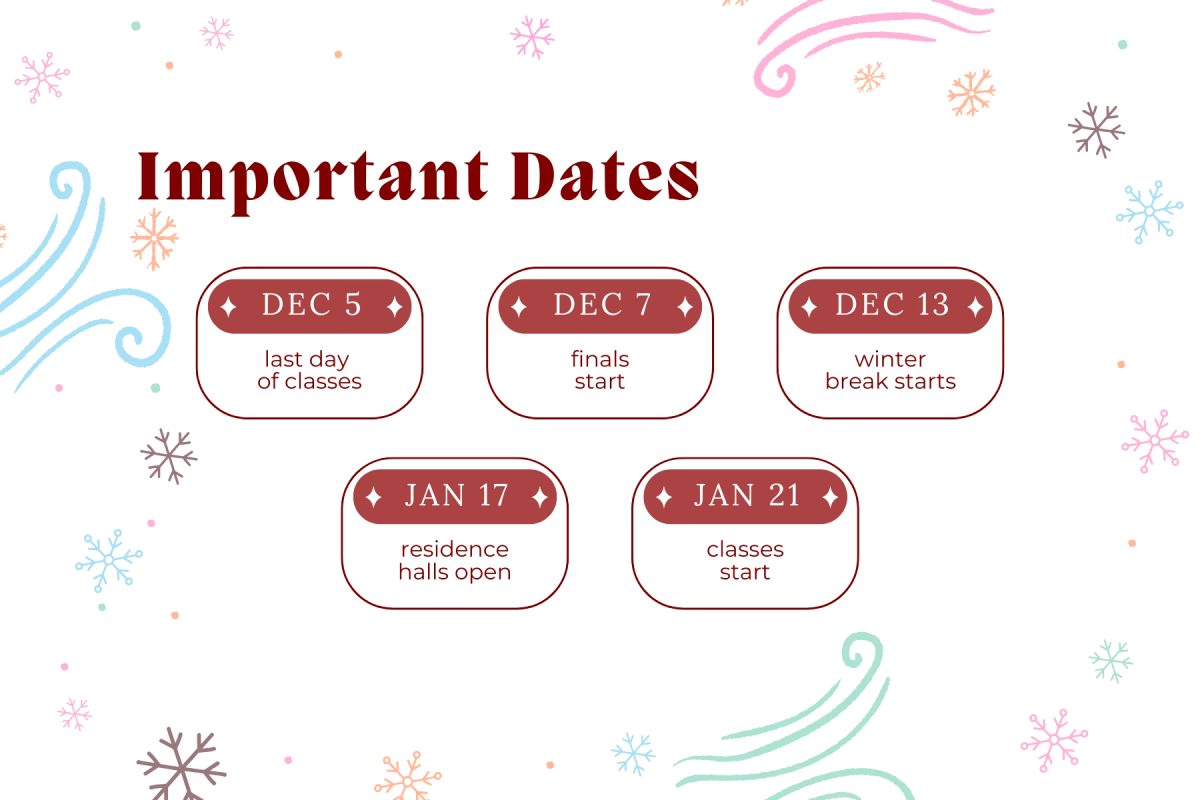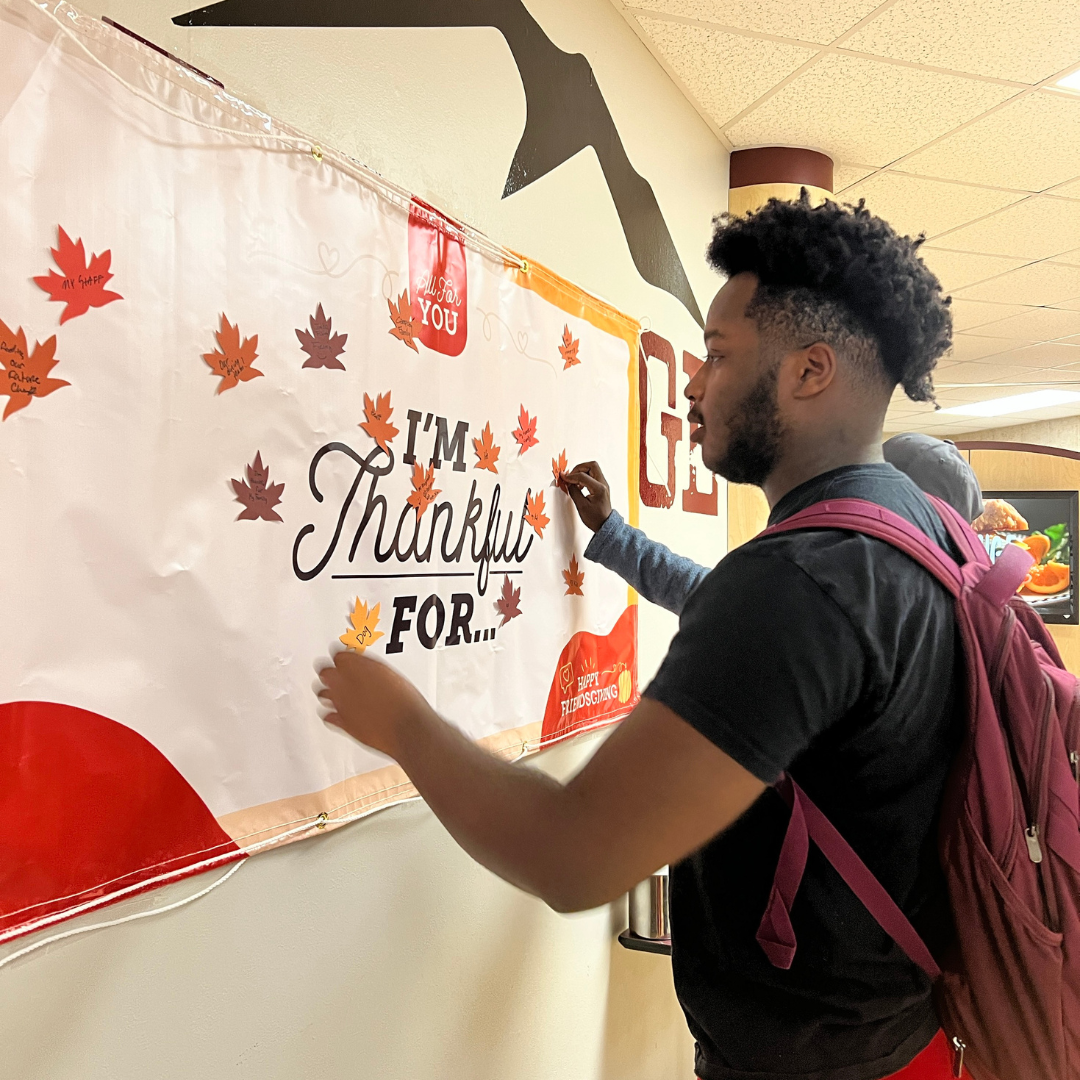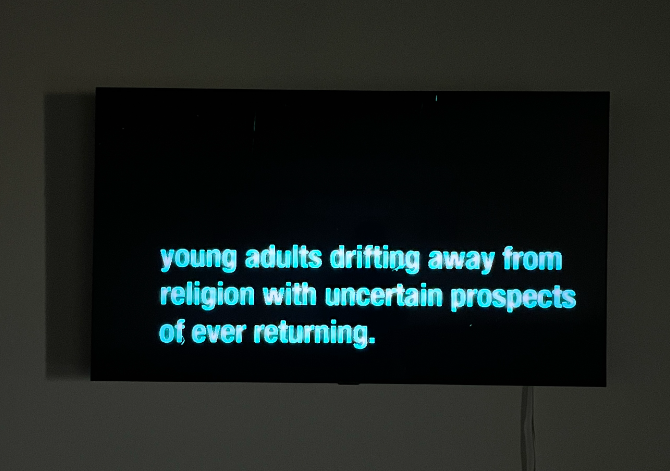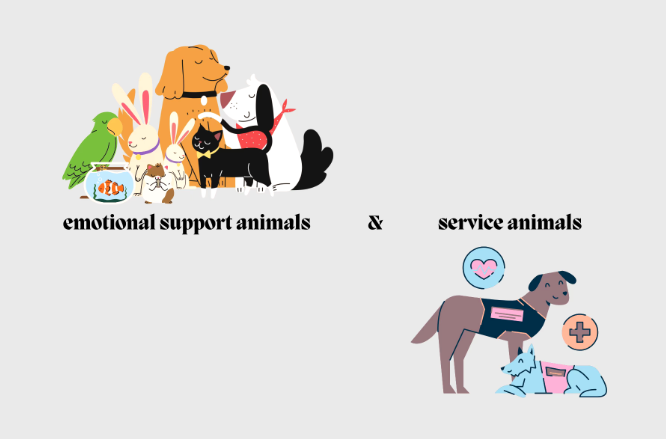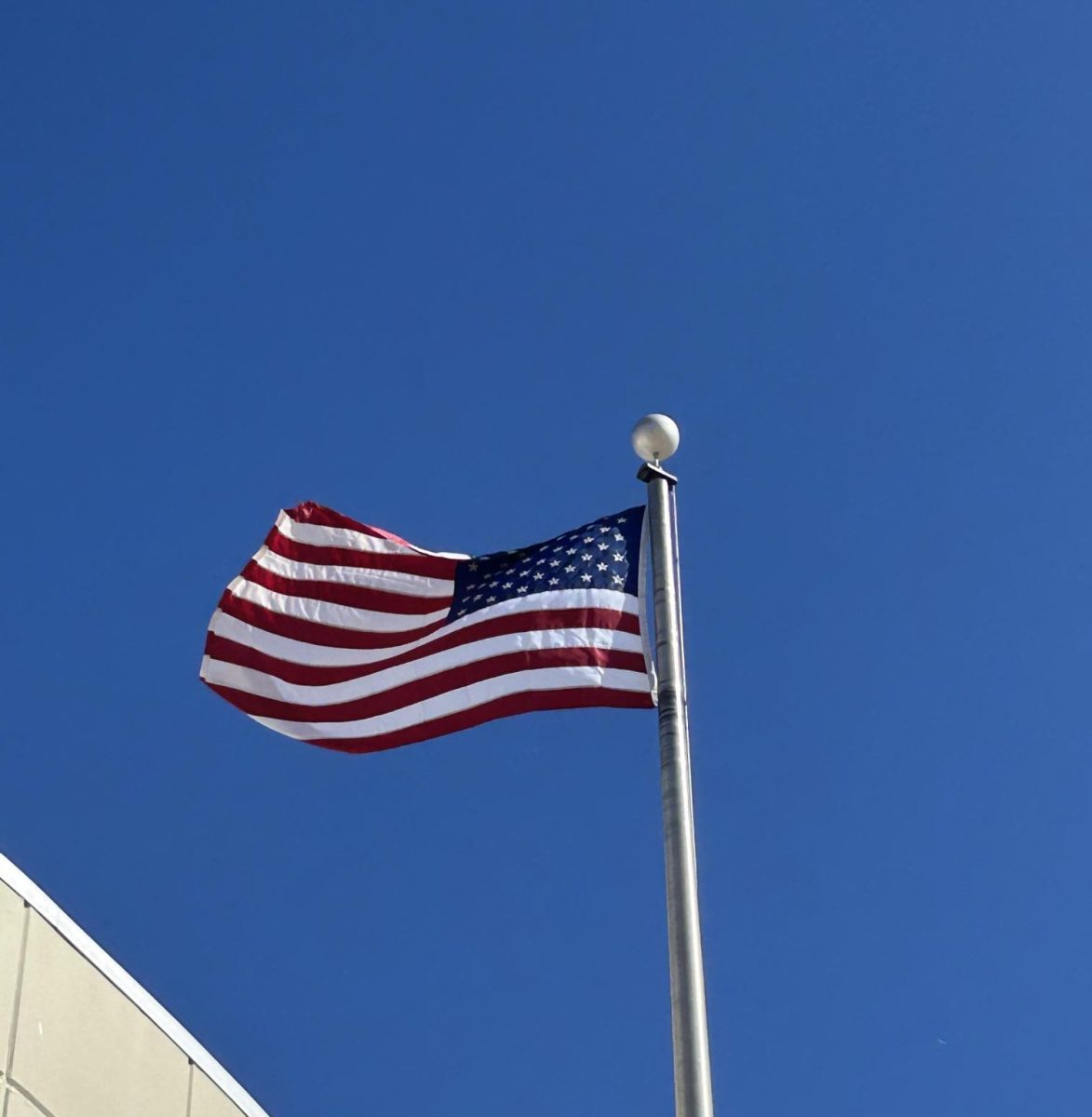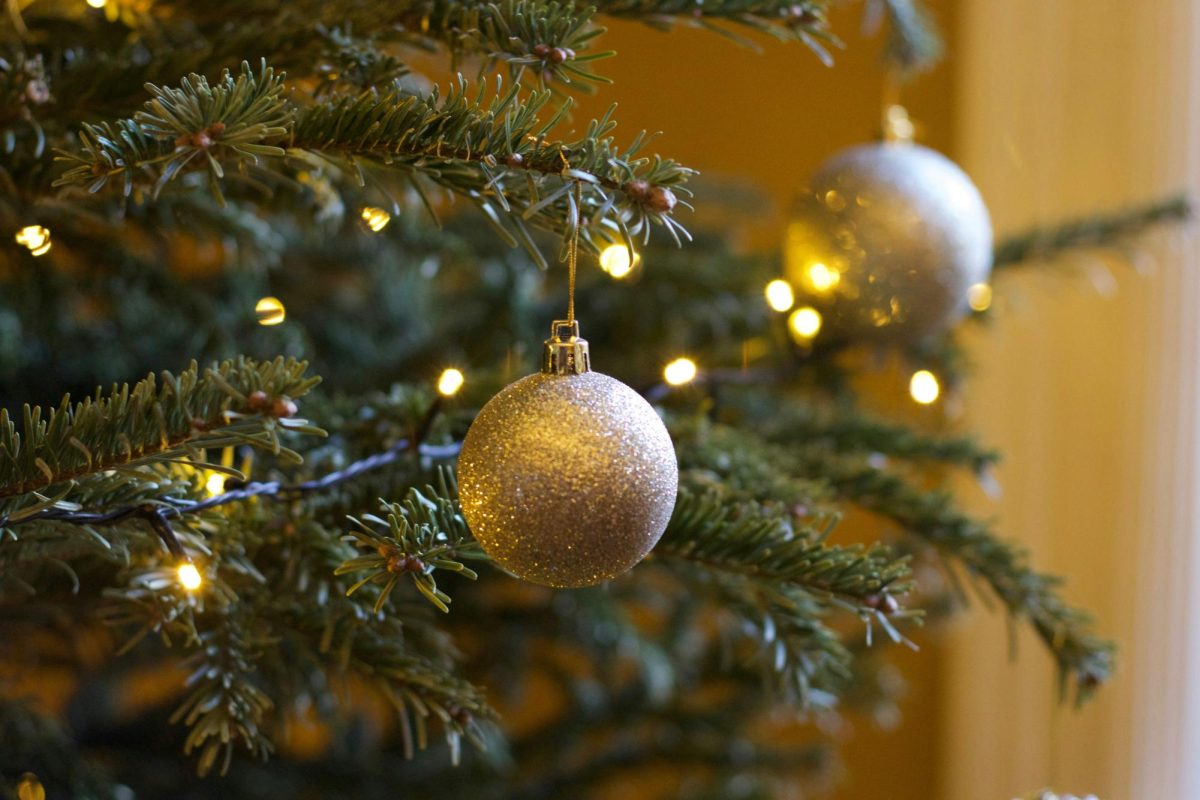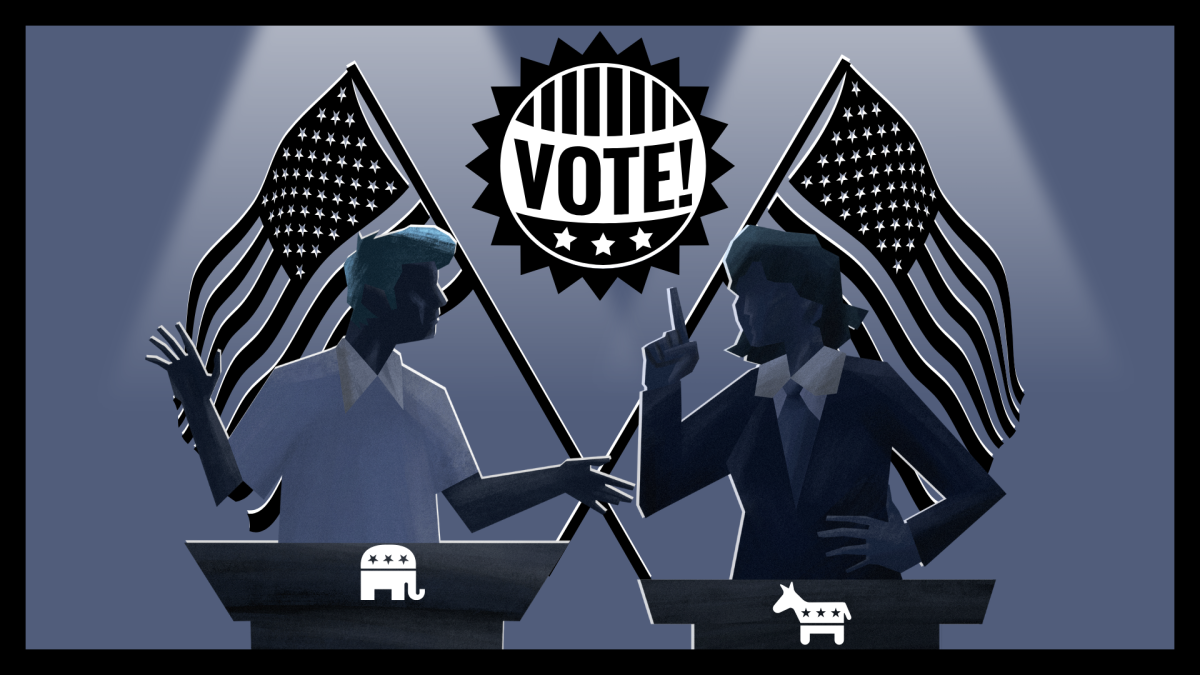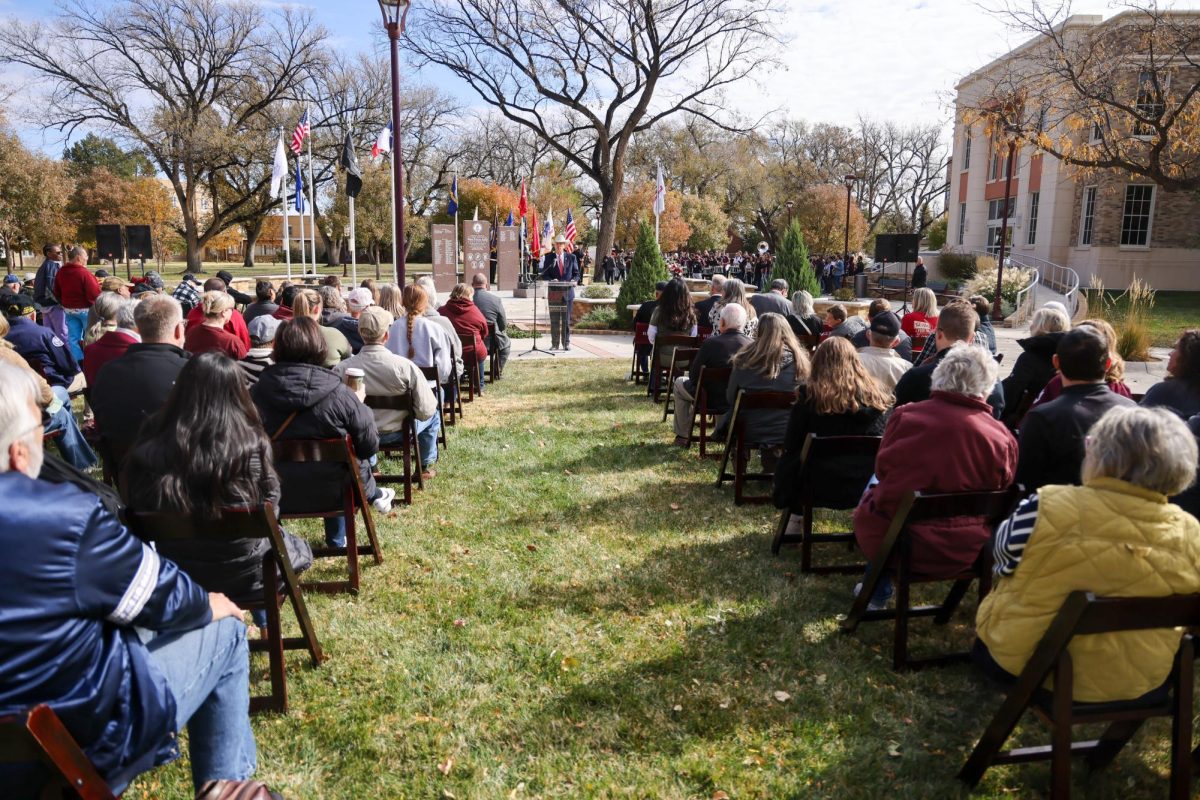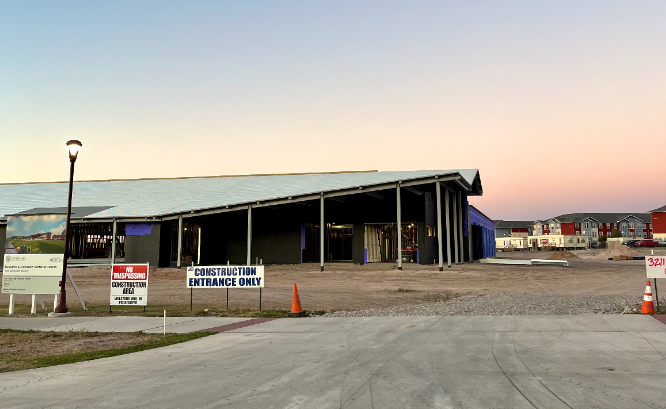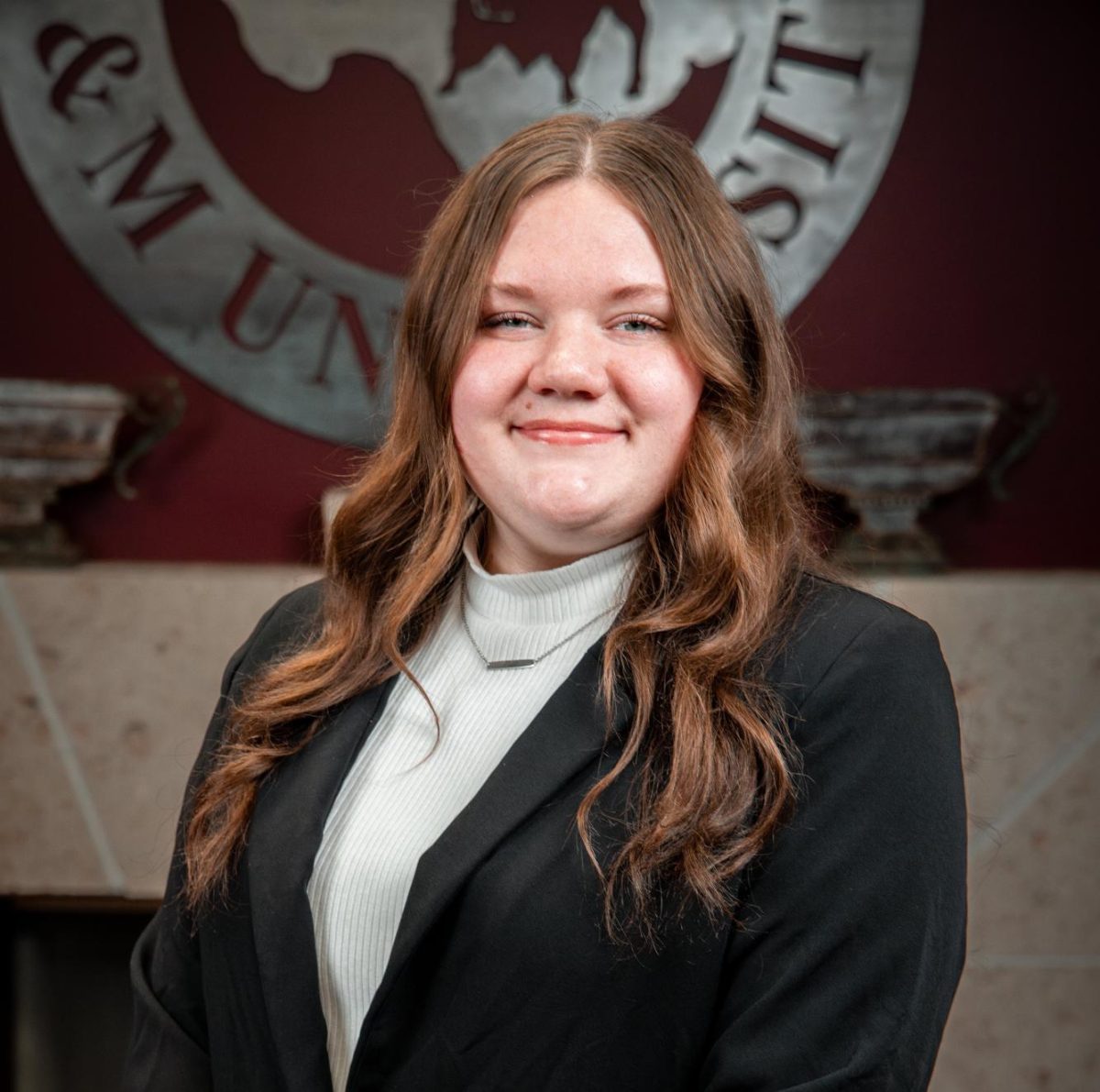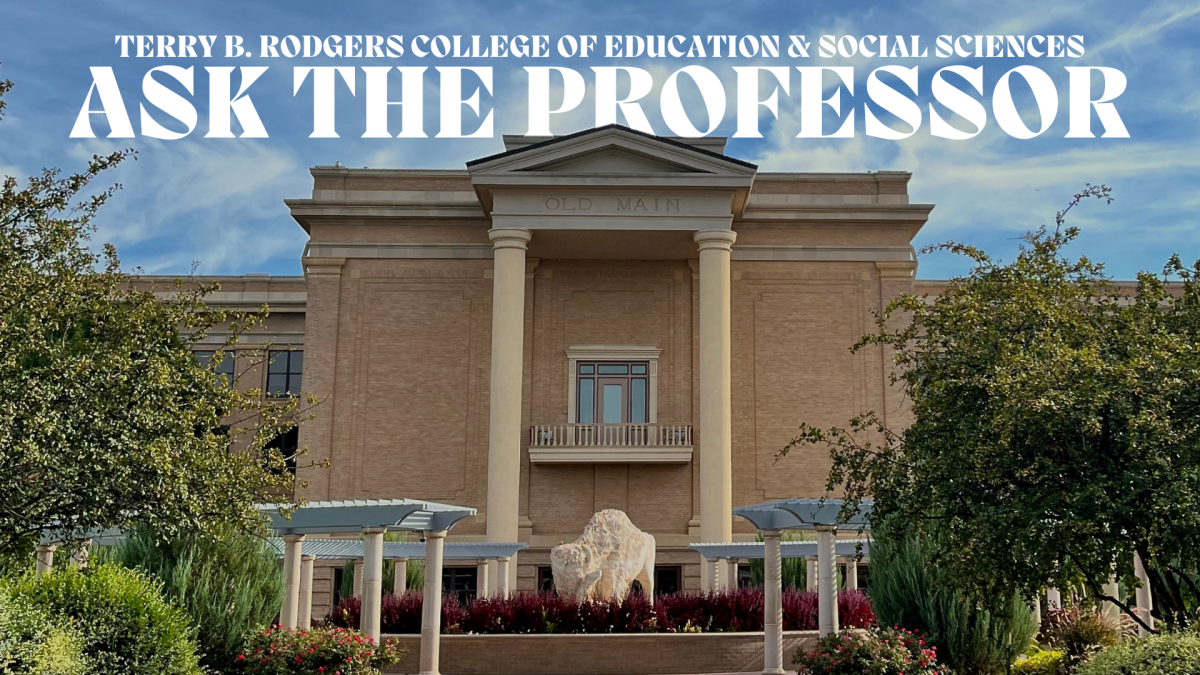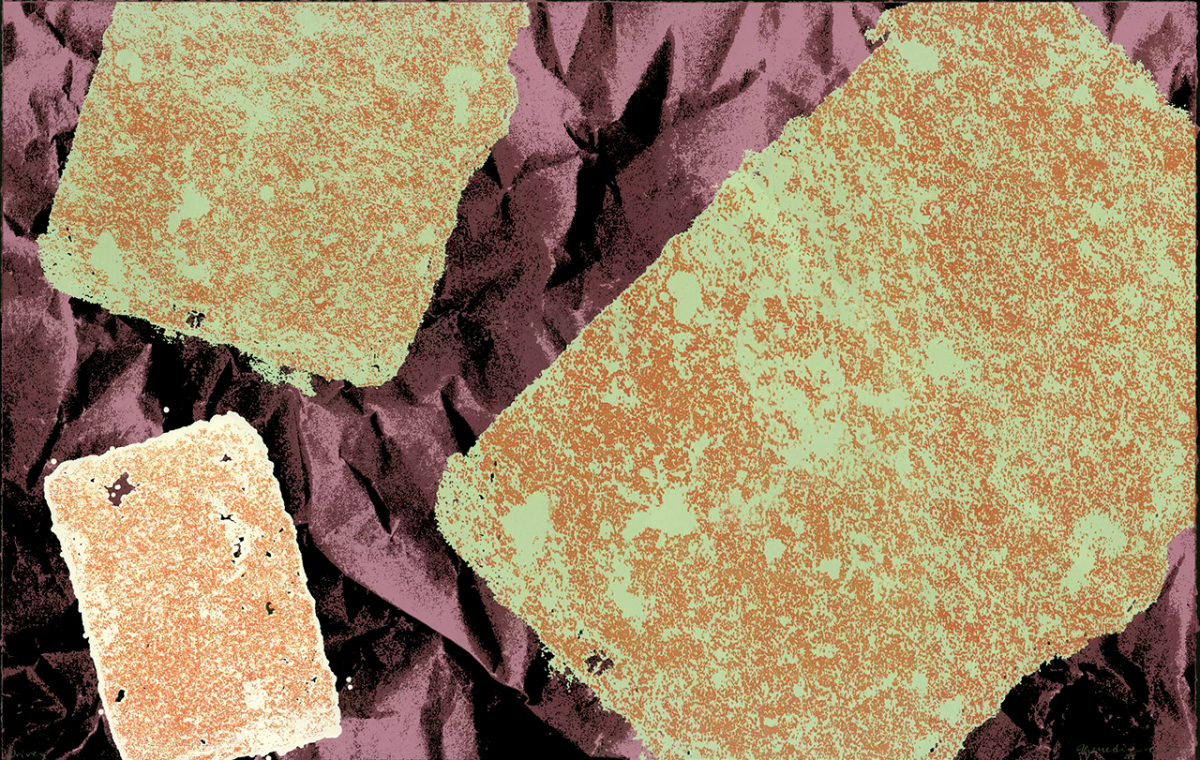The Cornette Library unveiled an exhibit in late August, the first of three that will open over the academic year, celebrating the building’s 50th anniversary. The current exhibit is a peek into the past when the library was housed in the Old Main Administration building. The second exhibit will look back to when the library was housed in what is now the eastern portion of the Panhandle-Plains Historical Museum, and the third will illustrate the Cornette Library as it was when it opened in 1974.
Special Collections and University Archives Librarian Sidnye Johnson moved books into the Cornette Library when it opened nearly 50 years ago.
“It was so open, and it had the skylight,” Johnson said. “There were full trees in the atrium, and it was just so open and modern seeming.”
Johnson was a student worker in the University’s library in the late ‘60s. She left in 1975 and returned to the Cornette Library in 1996. Johnson witnessed firsthand how libraries changed with the internet.
“One thing, it was much faster, and you had access to so much more,” Johnson said. “And then, you had to wait for it to be mailed in the mail-mail from somewhere. So, it might be a week or two before you got something and now it might be a day or two.”
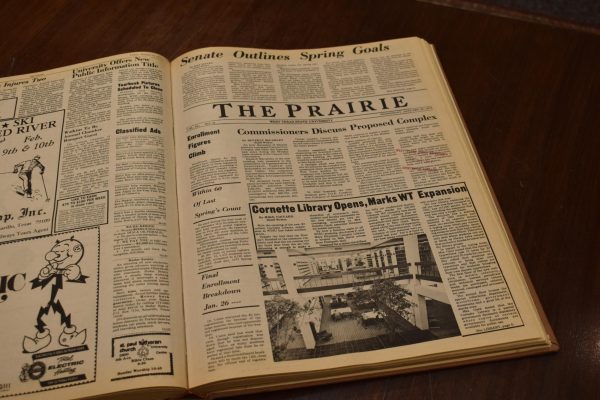
In the Jan. 23, 1974, issue of The Prairie, Staff Writer Mike Vineyard described the library’s structure as having, “a typing room where pay electric typewriters are available, smoking areas on each floor and a snack area on the second floor.” Past issues of The Prairie, now The Prairie News, are housed in the library’s archives, and issues from 1919 to 1950 are available on WT’s digital repository.
Patrick Diepen, a library archivist, said that the Cornette Library “has generally been on the cutting edge of what information science has to offer.”
“In one of our upcoming exhibits, you’ll be able to see our first Xerox printer where you could make copies of something in the ‘70s; it was very minimally computer run, you didn’t get to see what you’re copying beforehand,” Diepen said. “For the time, it was practically rocket science.”
Many rare books have been donated to the Cornette Library’s archives since WT’s inception, including a 1604 Latin book called “Seneca,” a first edition of Nathaniel Hawthorne’s “The House of the Seven Gables,” and a book written by Francis Scott Key, author of the text of The Star-Spangled Banner.
“And I didn’t read this until just a few years ago,” Johnson said. “We all hear that it was written, you know, he was waiting and so he wrote it while he was waiting, but to read the actual event happening is so, so cool and so much more meaningful, I think.”
The Cornette Library’s 50th-anniversary celebration will last the entire academic year.
“Keep an eye on the library social media pages for updates about how we’re celebrating because there are going to be other things throughout the rest of the academic year,” Diepen said. “We want you to know about the history of the library; we want you to understand the ways in which it’s changed.”
The present Cornette Library has many resources to offer, including research and faculty papers, governance documents, Panhandle-Plains Historical Reviews and interlibrary loan, which gives students access to any library with a mailing system.










